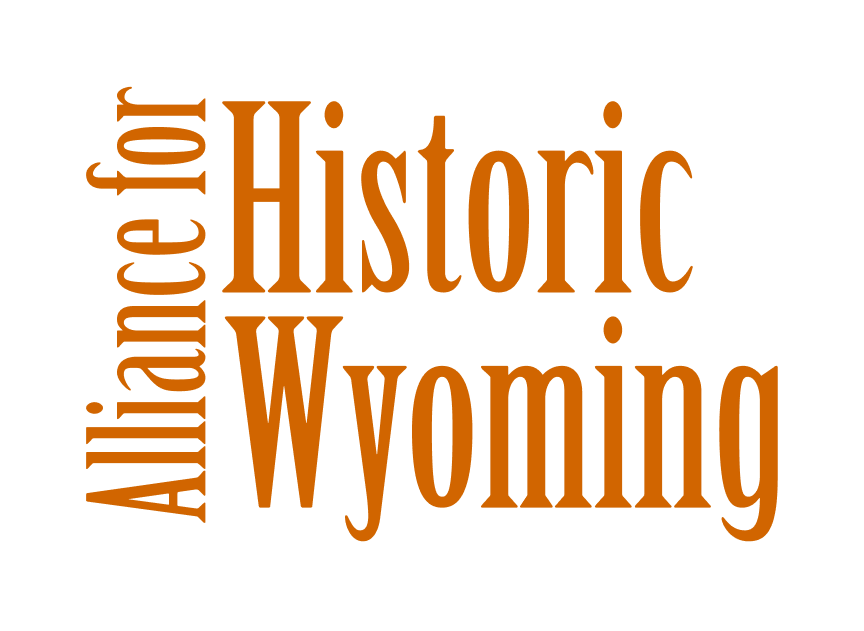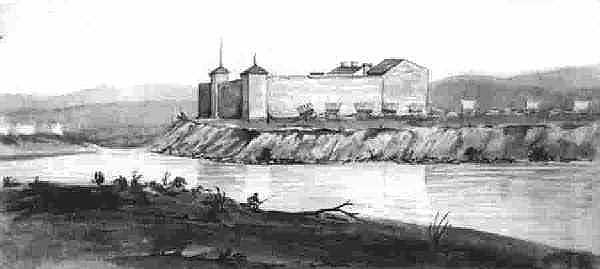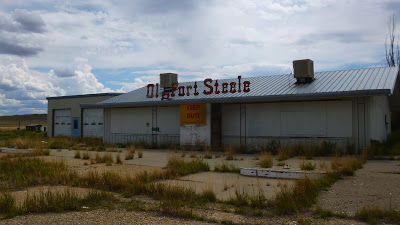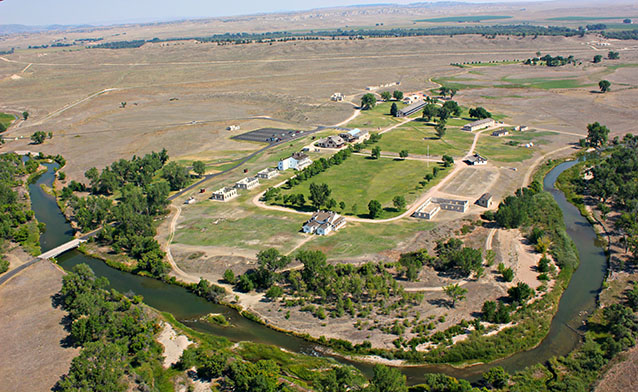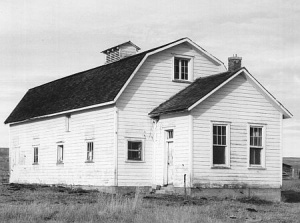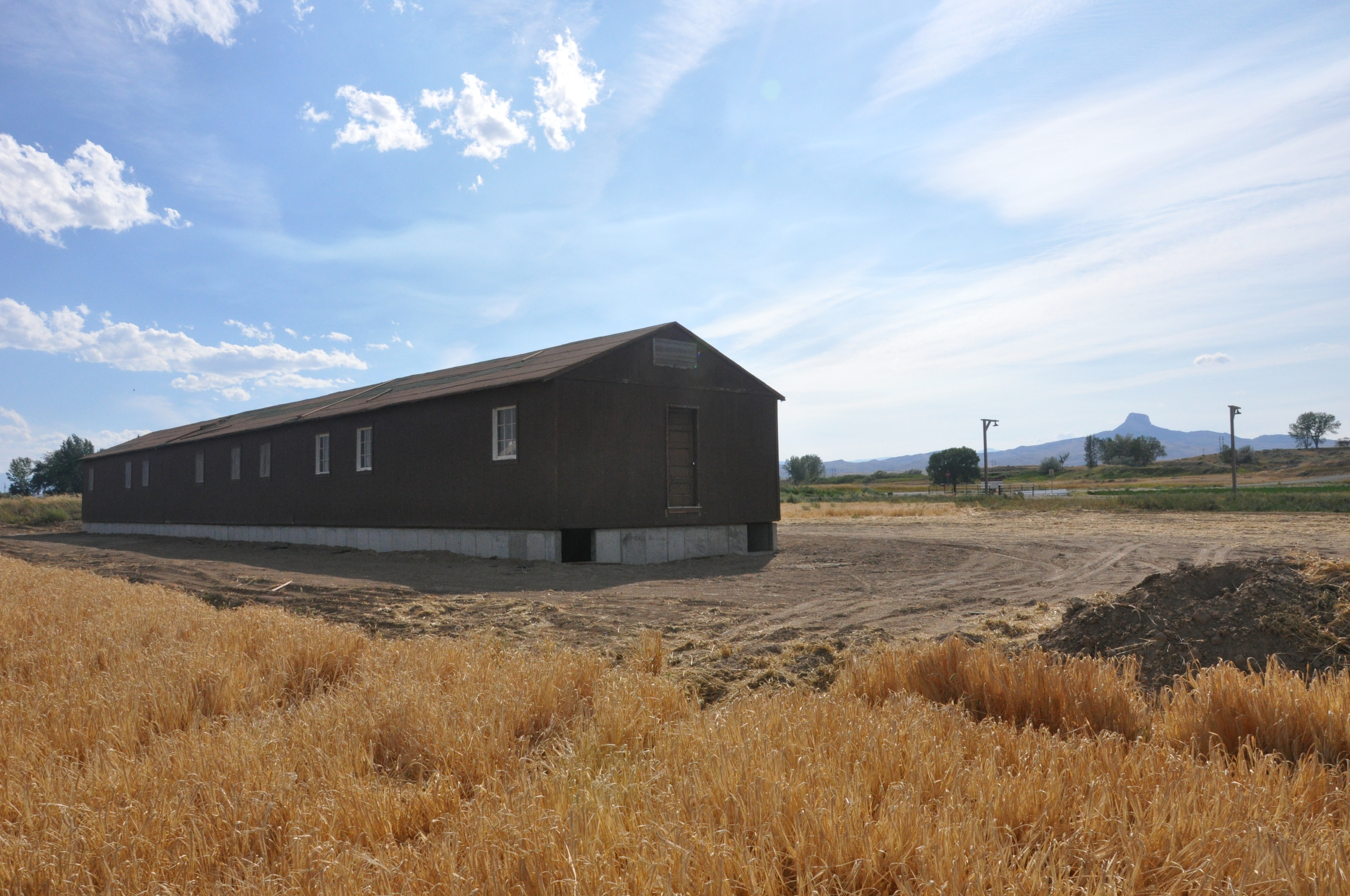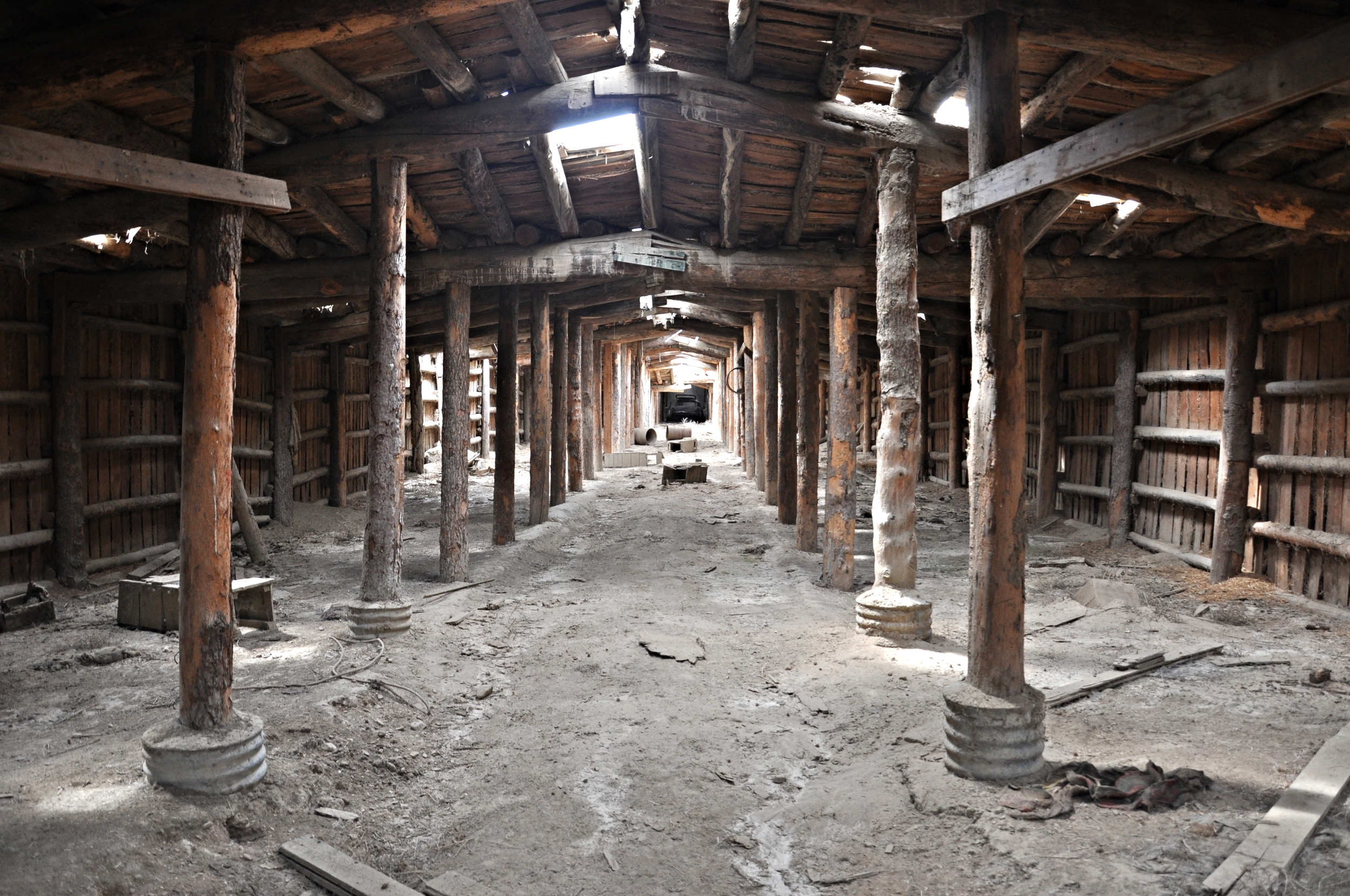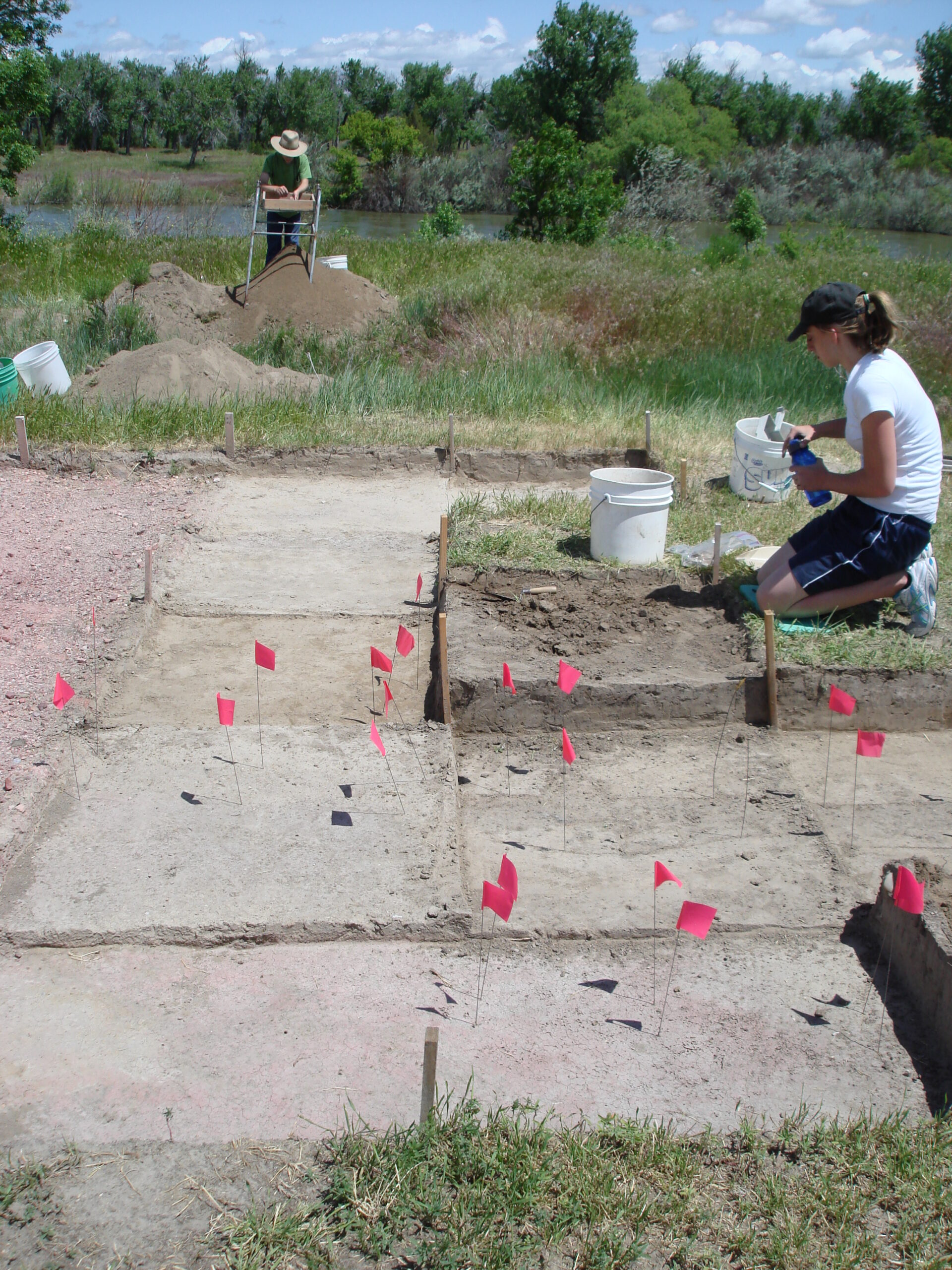There’s so much to see in Green River, if you decide to drive the Lincoln Highway make sure to check out the historic sites in the city of Green River. We are at the end of the highway and the end of the Greg’s journey, this week will be about Fort Bridger. But first we would like to thank Greg Rasanen for allowing us to share his journey across the Lincoln Highway and the history of all the historic places found along the I-80 corridor. If you want to check out Greg Rasanen’s Blog, click here. Also, if you have any stories of traveling through Wyoming and your experience at different historic places and spaces please feel free to reach out to us, we’re always looking for people’s experience. But back to the Lincoln Highway, last stop, Fort Bridger.

